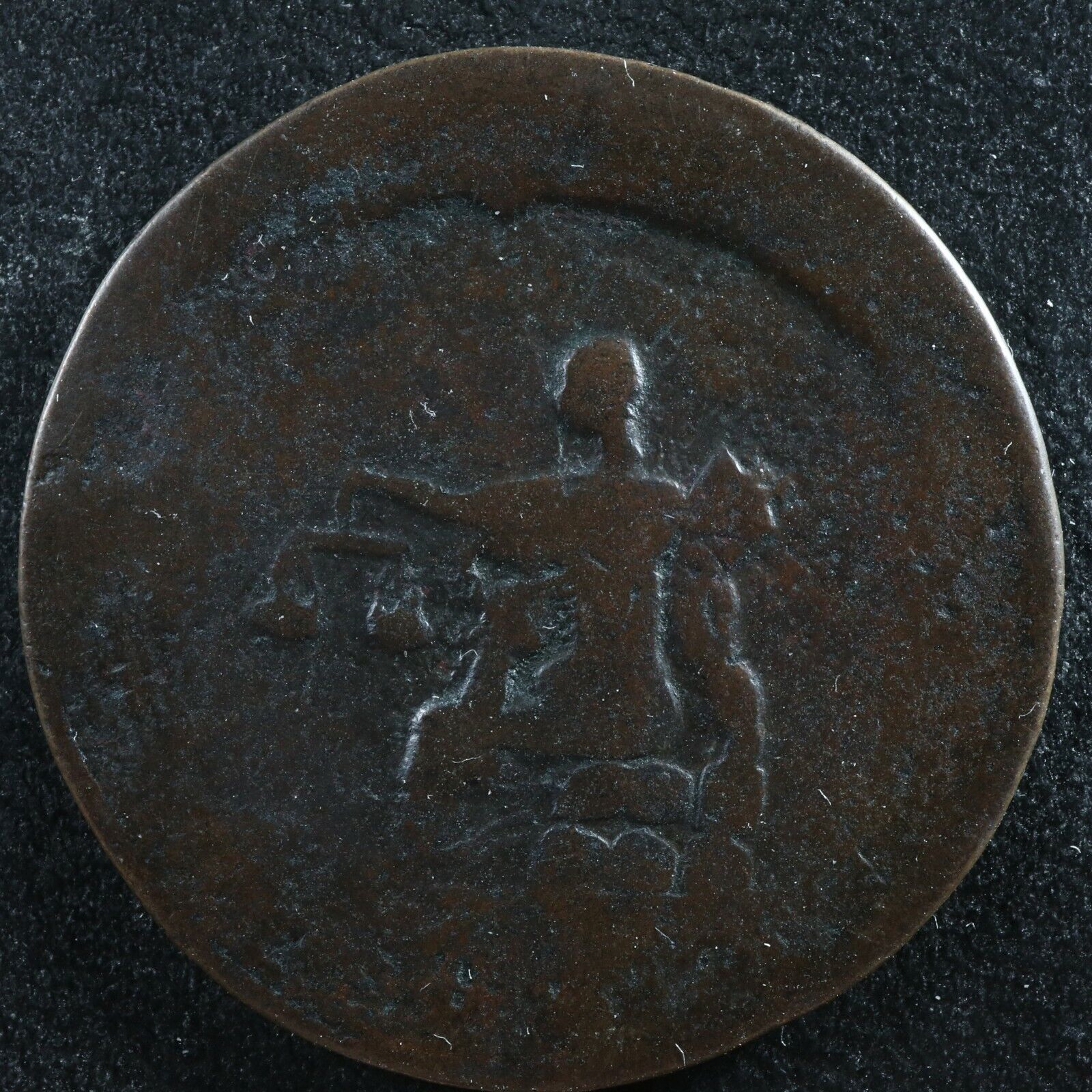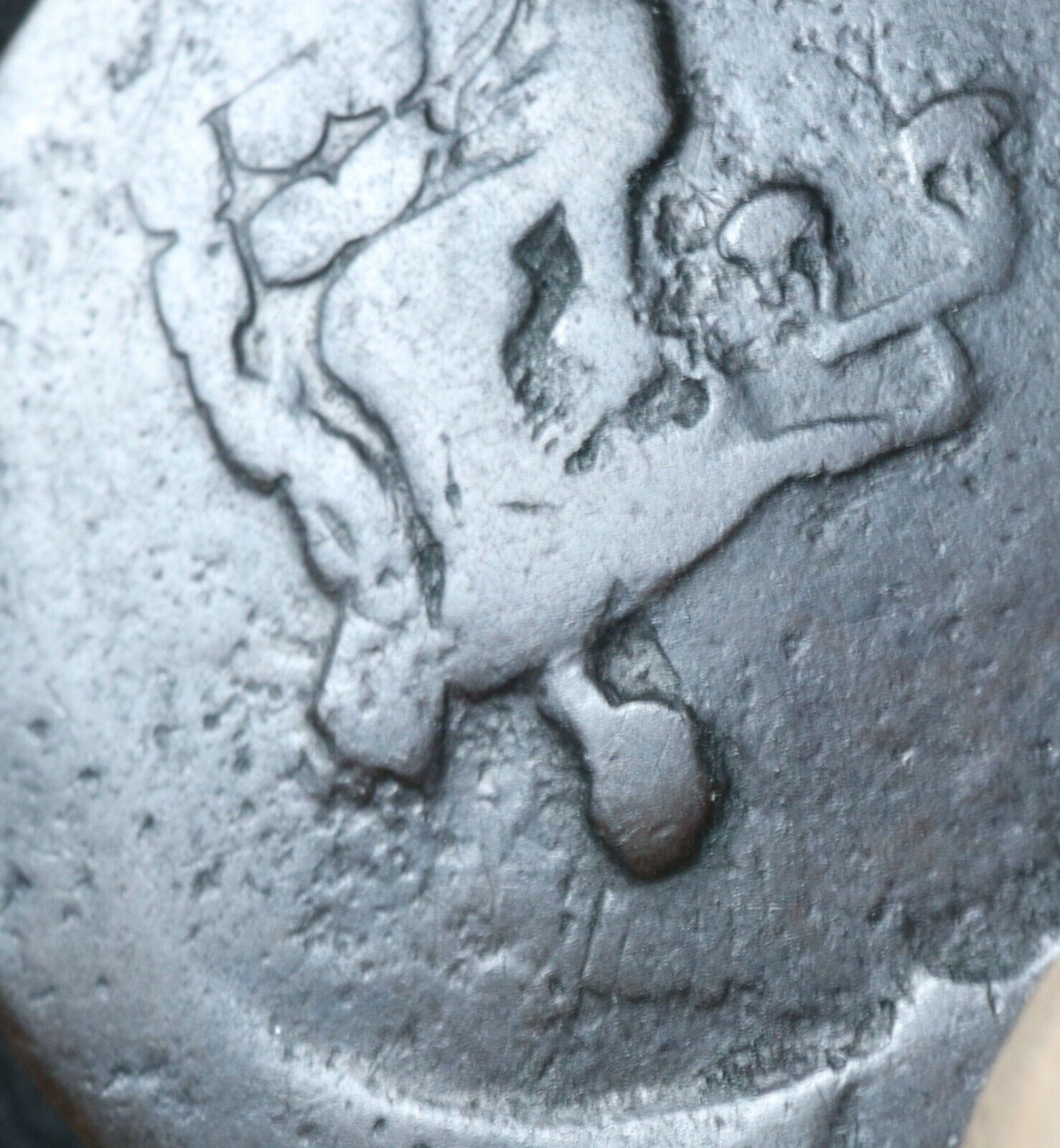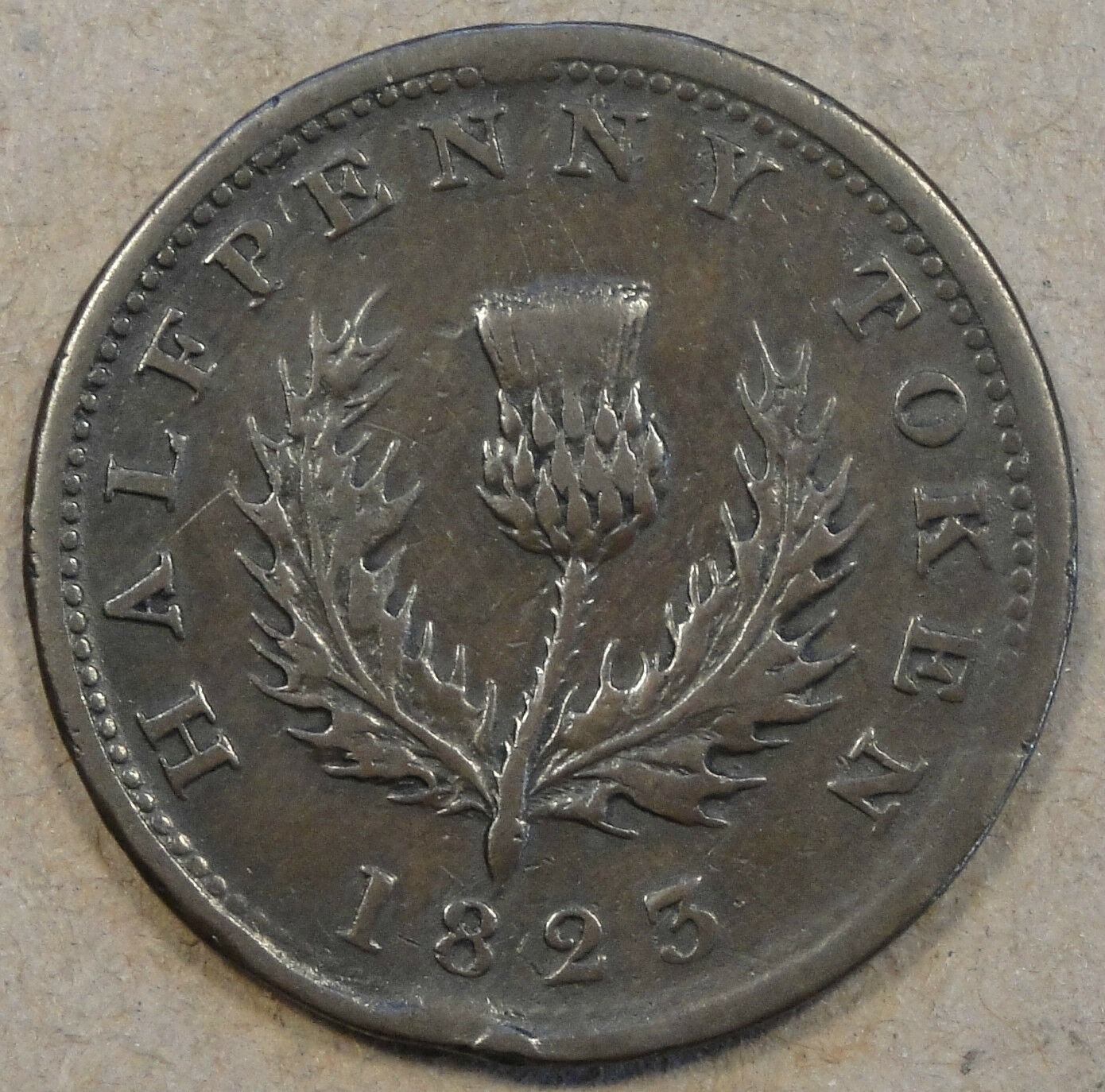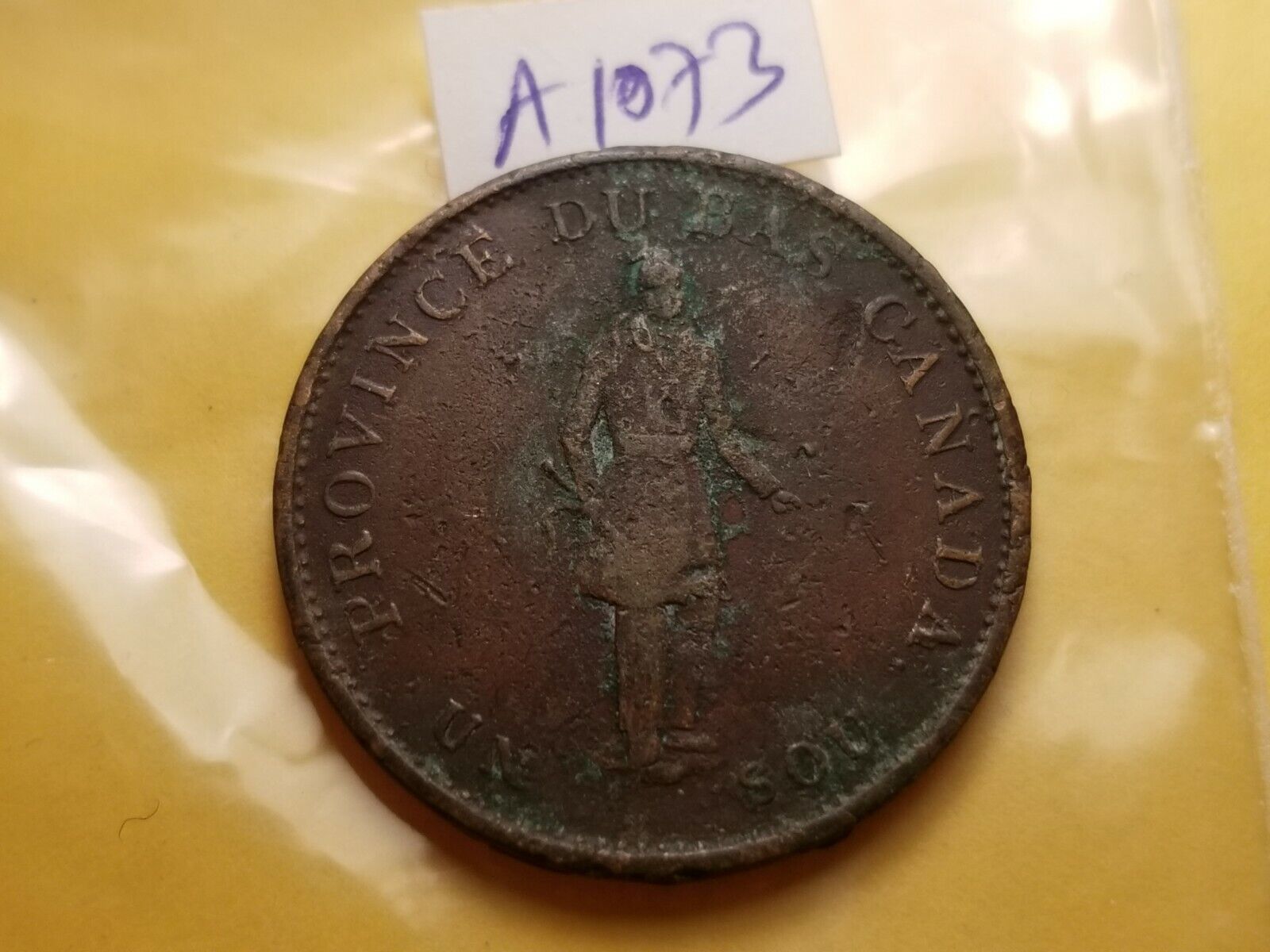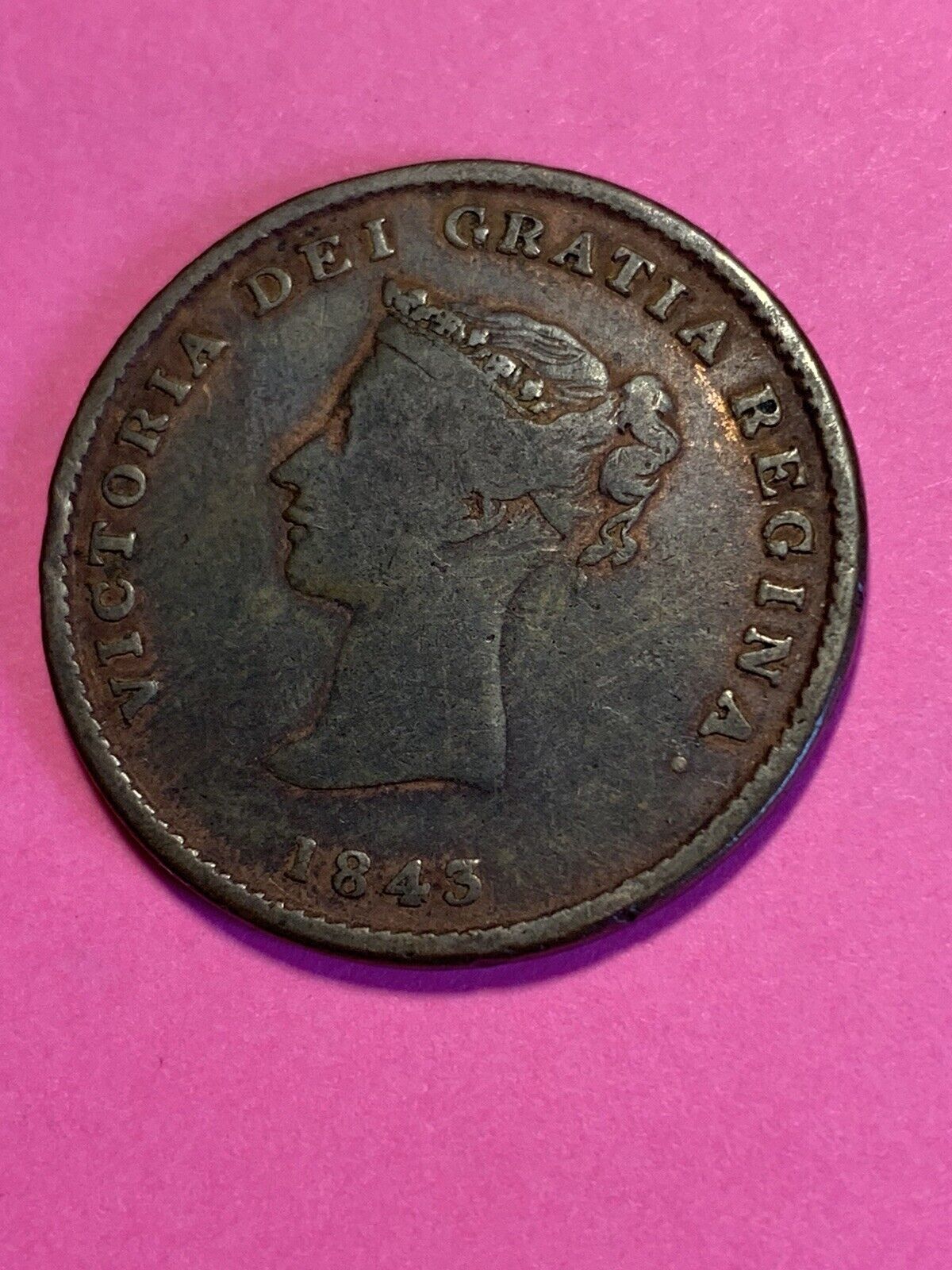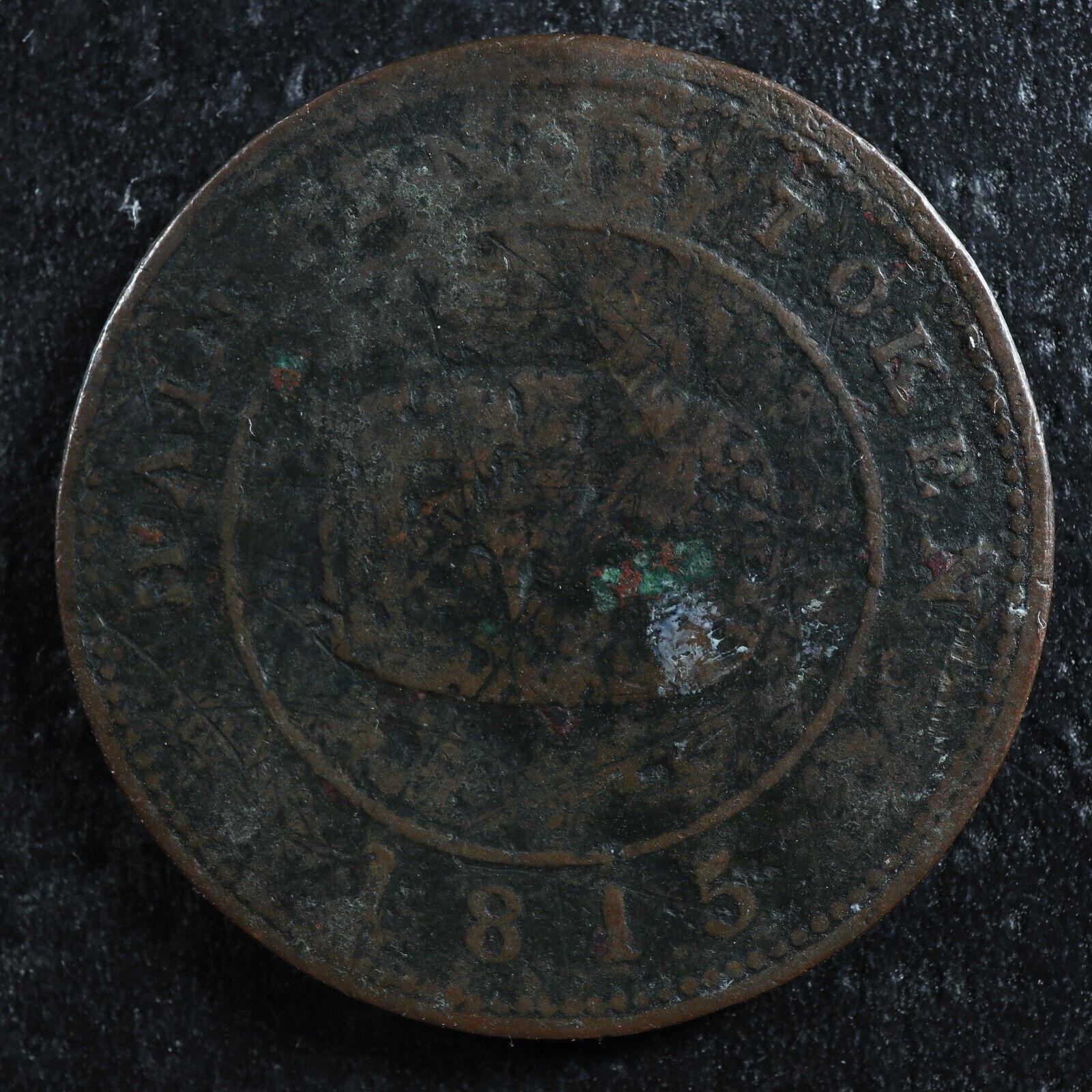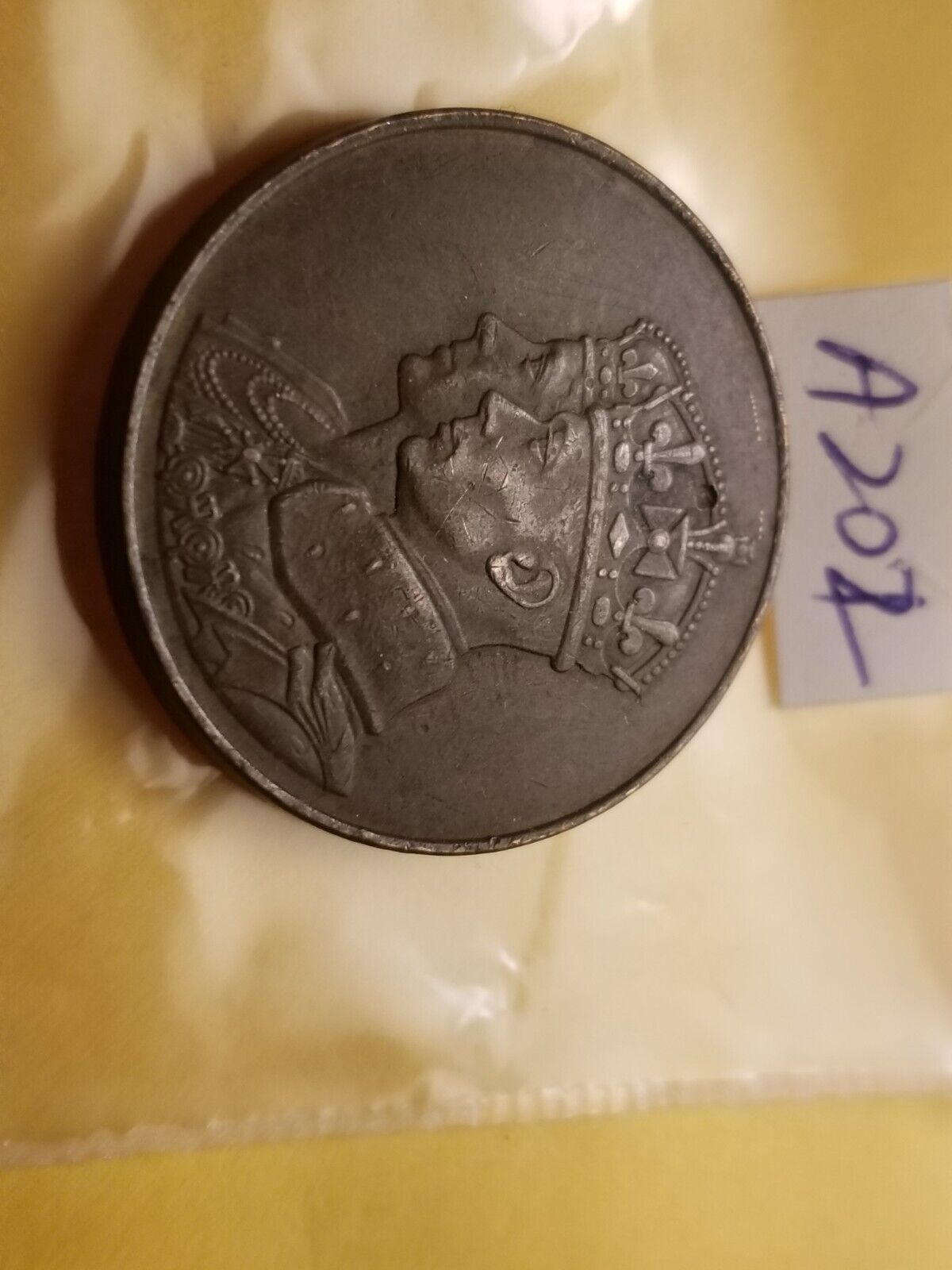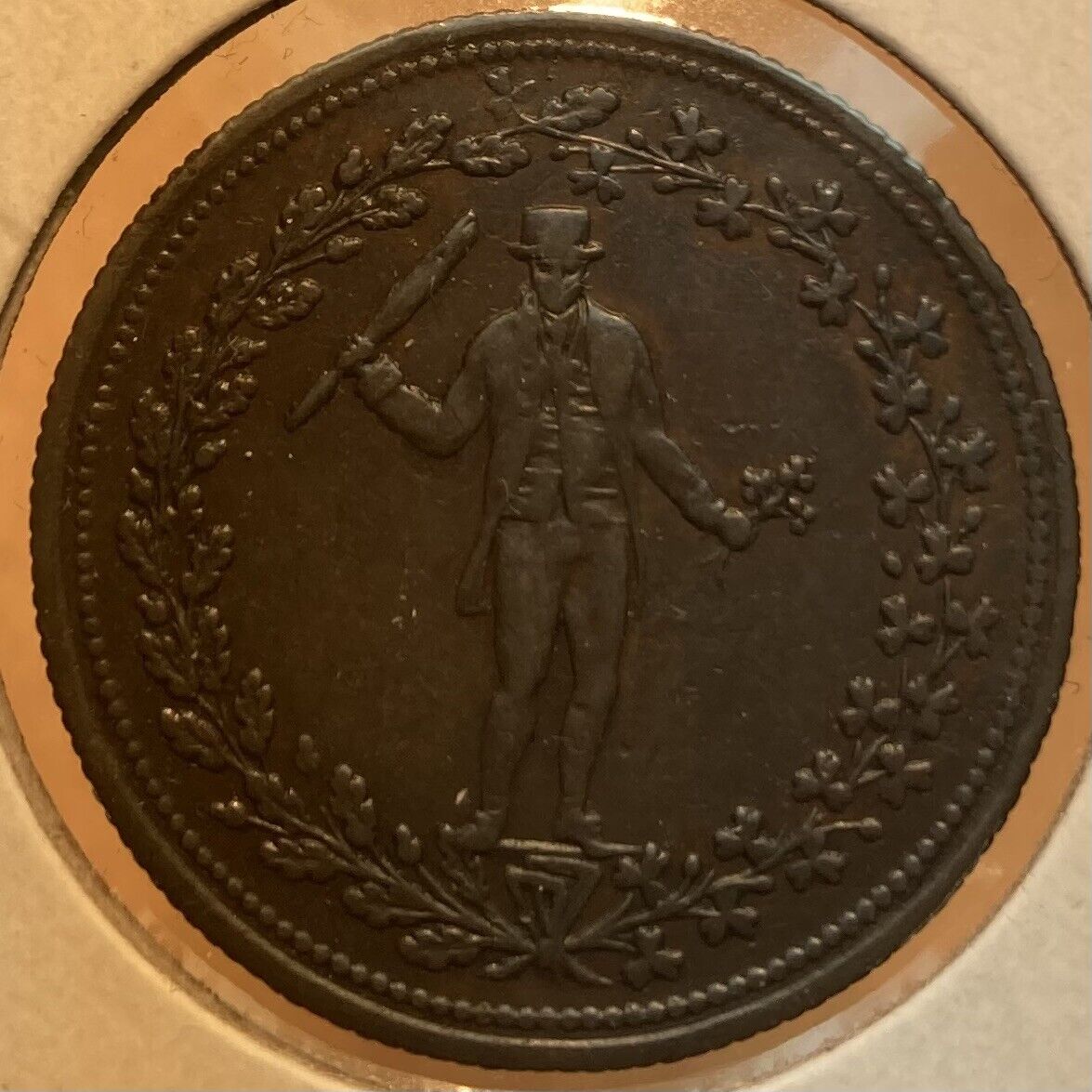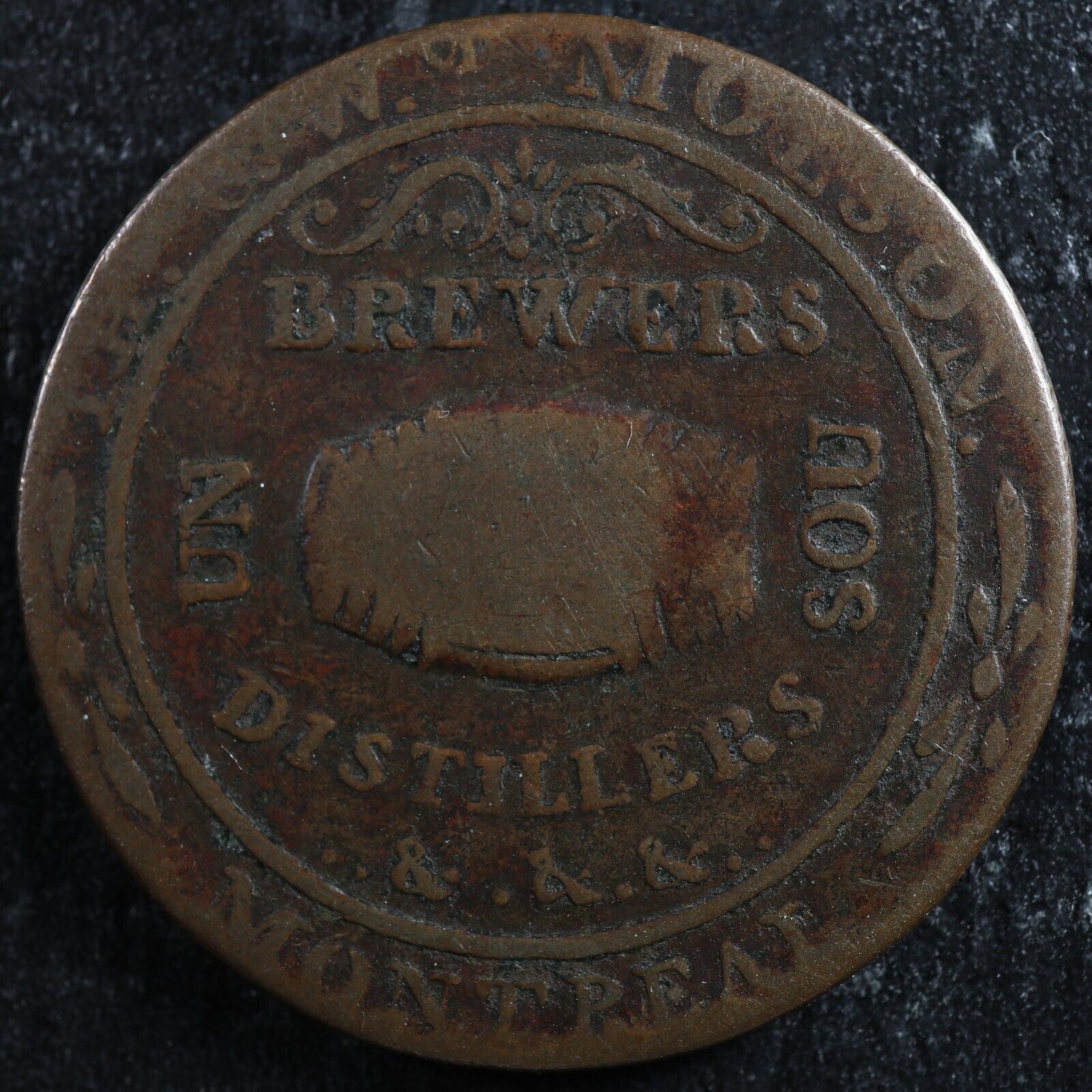-40%
BL-32A1 Blacksmith struck on a Wellington token 7.47g Canada Wood 19 Breton 1008
$ 875.17
- Description
- Size Guide
Description
BL-32A1, Wood 19, Breton 10087.47 g, 30 mm, Orientation is North/North
Graded by NGC VG-8. It was removed from the holder.
Ex. Partrick (HA, Auction 61206, Lot 98275), Ex. Baker (Bowers & Merena March 1987, Lot #1052), Ex. McKay-Clements (Lot 626 in the 1976 sale), Ex. Langstroth.
According to Warren Baker there are traces of an undertype where a couple letters can be seen on both sides. Also he mentioned the partially visible beaded border.
I went further in my research in being able to notice the epaulet near the head of Commerce. With the placements of the very few observable letters, the beaded border and the epaulet I concluded that it
is WE-1 (
WEL-32, Breton 969)
or WE
-2B4
(WEL-34, Breton 972). Probably the WE-1 as it's more common. T
hey
both
share the same obverse. The orientation of the Wellington is North/South.
"RS" is visible on the obverse from MARSHAL, as well as the epaulet. Plus it is beaded(it removes the WE-2A from the possible candidates because of that, also the letters were larger on this one to match properly). A few more places show possible traces of letters but are illegible.
A "H" on the reverse is clearly visible from the HALFPENNY.
All of those can be seen on the pictures, only the "RS" is harder to spot from the pictures. It is in the same picture as the beads.
To take account of the larger planchet, 30 mm(or even a few decimal more as it's not perfectly circular), and the plain edge, I suspect it was somewhat flattened/widened before it was struck by the Blacksmith die. The weight also fits the lower range of the registered weights. It does look thinner than the Wellington matches. Again the flattened theory makes sense for this, especially when Baker mentioned it in his Numismatics - Catalogue No. 33. He mentions it regarding the farthing but clearly the same method was applied here.
I hereby provided more details than the sales of
The Warren Baker Collection of Canadian Coppers
was providing as I probably had more room to do the write-up and more time to do so than the cataloguer Michael Oppenheim had.
Now that the mystery is unveiled it brings another question. Why do that at all?
Includes the original papers from Baker and Partrick.
______________________________
